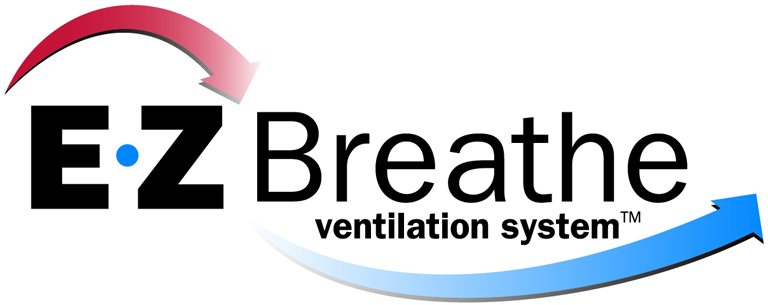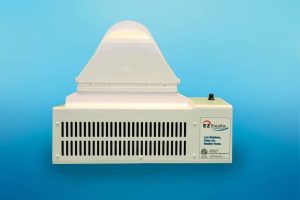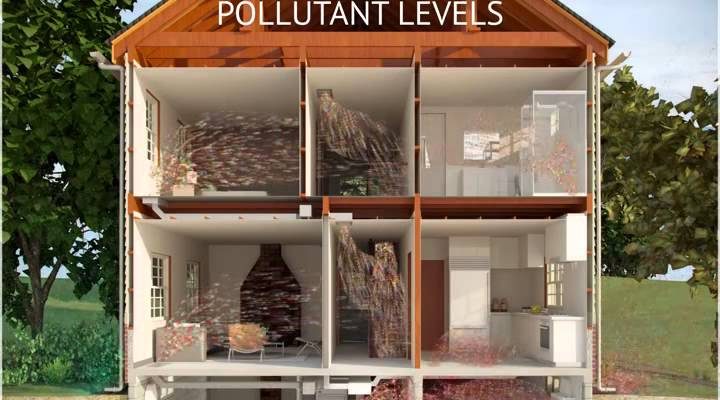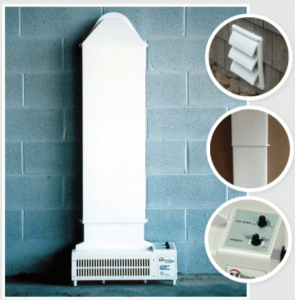Your home is your sanctuary, a place where you seek refuge from the outside world. However, have you ever considered the air quality inside your home? Many people are unaware of the potential risks associated with indoor air pollutants, which can significantly impact the health of your home and, consequently, the health of your family. In this comprehensive guide, we will explore the various indoor air pollutants, their sources, and the serious health concerns they pose to both your residence and your loved ones.
Understanding Indoor Air Pollutants
Indoor air pollutants are substances or particles that contaminate the air within your home, potentially leading to health problems. These pollutants can originate from a variety of sources, including building materials, household products, and outdoor pollution that infiltrates your home. The consequences of indoor air pollution are often underestimated, as people spend a significant portion of their lives indoors, especially in modern urban settings.
Common Indoor Air Pollutants
Volatile Organic Compounds (VOCs):
Sources: VOCs are emitted by a wide range of products, including paints, cleaning supplies, solvents, and certain furniture and building materials.
Health Risks: Prolonged exposure to VOCs can lead to respiratory irritation, headaches, and, in some cases, more severe health issues, including damage to the liver, kidney, and central nervous system.
Particulate Matter (PM):
Sources: Particulate matter consists of tiny particles or droplets that can be released from combustion processes (e.g., cooking, heating, and smoking), as well as outdoor sources such as traffic and industrial emissions.
Health Risks: Inhalation of particulate matter can exacerbate respiratory conditions like asthma and allergies and increase the risk of heart disease, stroke, and lung cancer.
Radon Gas:
Sources: Radon is a naturally occurring radioactive gas that can seep into homes through the ground. It has no color or odor, making it difficult to detect without testing.
Health Risks: Long-term exposure to radon gas is a leading cause of lung cancer, second only to smoking. Radon-induced lung cancer claims thousands of lives each year.
Mold and Mildew:
Sources: Mold and mildew can thrive in damp and humid environments, such as basements, bathrooms, and areas with water leaks or flooding.
Health Risks: Mold spores can cause allergies, and respiratory problems, and exacerbate existing conditions like asthma. Prolonged exposure can lead to more severe health issues.
Tobacco Smoke:
Sources: Smoking indoors releases toxic chemicals and particulate matter into the air. Secondhand smoke from others can also pose health risks.
Health Risks: Tobacco smoke exposure is linked to numerous health problems, including respiratory issues, heart disease, and various cancers. It poses a significant risk, especially to children and non-smokers.
Health Impacts of Indoor Air Pollutants
The health impacts of indoor air pollutants can be severe and wide-ranging. Prolonged exposure to these contaminants can lead to a variety of health problems, including:
Respiratory Issues:
Persistent exposure to indoor air pollutants can worsen respiratory conditions like asthma and chronic obstructive pulmonary disease (COPD). It can also lead to coughing, wheezing, and shortness of breath.
Allergies:
Indoor air pollutants such as dust mites, pet dander, and mold spores can trigger allergies, leading to symptoms like sneezing, runny nose, itchy eyes, and skin rashes.
Cardiovascular Problems:
Particulate matter and other pollutants can increase the risk of heart disease, stroke, and high blood pressure.
Lung Cancer:
Radon gas, a known carcinogen, is a leading cause of lung cancer in non-smokers. Tobacco smoke also increases the risk of lung cancer.
Neurological Effects:
Some indoor air pollutants, such as VOCs, can have adverse effects on the central nervous system, leading to headaches, dizziness, and difficulty concentrating.
Skin Irritation:
Certain indoor pollutants can cause skin irritation and rashes, making occupants uncomfortable.
Preventing and Mitigating Indoor Air Pollution
Now that we’ve discussed the impact of indoor air pollutants on health, let’s explore ways to prevent and mitigate these risks:
Proper Ventilation:
Adequate ventilation is essential to dilute indoor air pollutants. Ensure proper ventilation in kitchens, bathrooms, and other areas with high pollutant concentrations.
Air Purifiers:
High-efficiency particulate air (HEPA) filters and air purifiers can effectively remove airborne particles and allergens, improving indoor air quality.
Radon Testing:
Test your home for radon gas. If elevated levels are detected, consult a professional radon mitigation service to reduce exposure.
Smoking Policies:
Implement strict no-smoking policies indoors to prevent the release of harmful chemicals from tobacco smoke.
Humidity Control:
Maintain optimal indoor humidity levels to prevent mold and mildew growth. Use dehumidifiers in damp areas and ensure proper ventilation.
Green Cleaning Products:
Choose environmentally friendly and non-toxic cleaning products to minimize the release of VOCs.
Regular Cleaning:
Regularly clean and vacuum your home to reduce dust, pet dander, and other allergens.
Address Water Leaks:
Promptly repair any water leaks, as they can lead to mold and mildew growth.
Indoor air pollutants can significantly impact the health of your home and your loved ones. Understanding the sources and health risks associated with these pollutants is the first step in mitigating their effects. By implementing preventive measures such as proper ventilation, air purification, radon testing, and humidity control, you can create a healthier and more comfortable indoor environment for your family. Prioritizing indoor air quality is a proactive step toward ensuring the long-term well-being of your home and those who reside in it.






 or other tobacco products is a significant indoor air pollutant that poses serious health risks. Exposure to tobacco smoke increases the risk of respiratory infections, asthma, lung cancer, and other respiratory illnesses. The best approach to eliminate this pollutant is to prohibit smoking indoors entirely and designate smoking areas outdoors, away from windows and entrances.
or other tobacco products is a significant indoor air pollutant that poses serious health risks. Exposure to tobacco smoke increases the risk of respiratory infections, asthma, lung cancer, and other respiratory illnesses. The best approach to eliminate this pollutant is to prohibit smoking indoors entirely and designate smoking areas outdoors, away from windows and entrances.